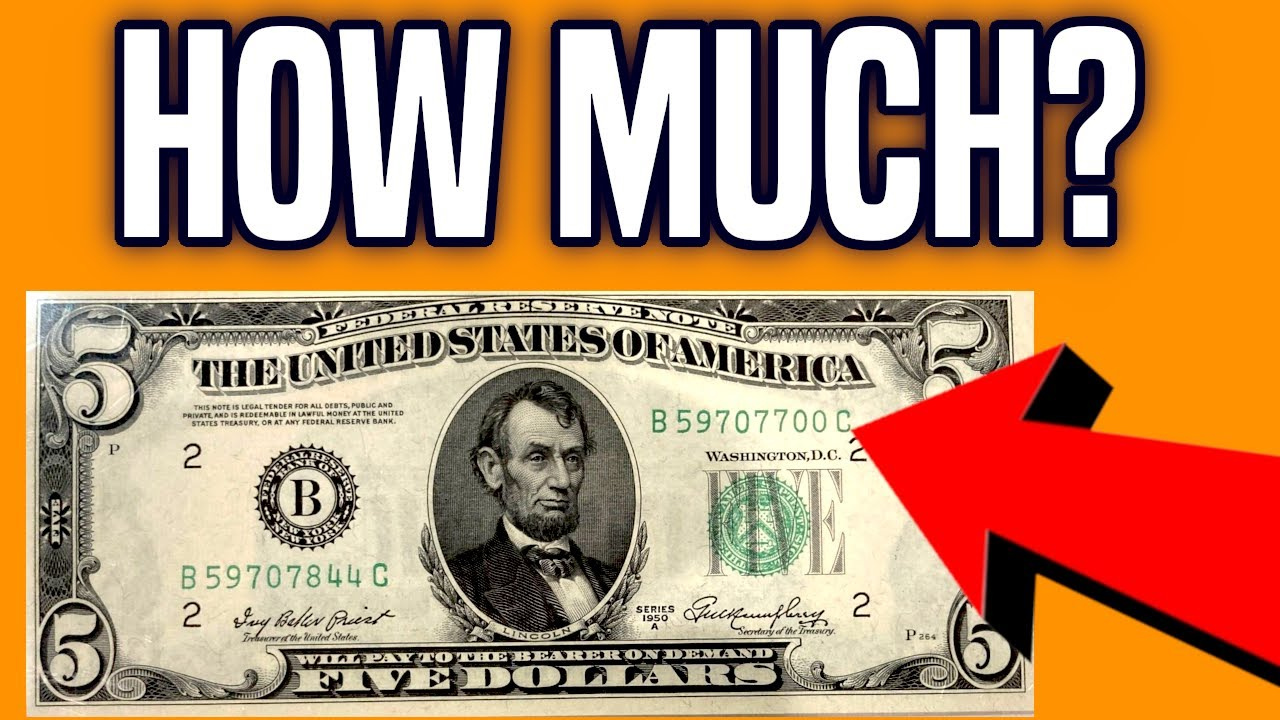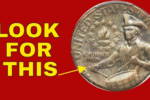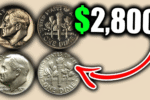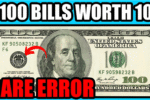Check the Money in Your Pocket Bills: Many people are unaware that the everyday money in their pockets could be hiding a rare and valuable piece of history. One of the most fascinating finds among collectors is a 1995 $5 bill with a reverse stamp on it. This printing error has turned an ordinary banknote into a collectible, making it important for you to know how to identify it.
Why Does The 1995 $5 Bill Have an Upside-Down Seal?
An upside-down seal error occurs when the Treasury Department’s seal, which is normally placed upright on the front of the bill, is accidentally printed upside-down. Such errors are rare because the U.S. Bureau of Engraving and Printing adopts strict quality control measures. However, in 1995, a small batch of $5 bills slipped in with this flaw, which immediately sparked discussion among numismatists and casual collectors.
How to Identify an Upside-Down Seal on a $5 Bill
This error requires careful inspection to spot. On a regular $5 bill, the green Treasury seal appears upright to the right of Abraham Lincoln’s portrait. On a version with an inverted seal, that same seal appears clearly upside-down. Once you know what to look for, the situation becomes obvious, but the difference can be subtle to the untrained eye. A magnifying glass or a high-resolution image may make identification easier.
Why The 1995 Series Matters to Collectors
Not all $5 bills are the same, and the 1995 Series stands out because of its unique place in U.S. currency history. It was a transitional period for banknote design, and this error adds an extra level of curiosity. For collectors, finding a 1995 $5 bill with this anomaly is like discovering a rare stamp or coin – it has both historical and monetary value.
How Much Is a 1995 $5 Bill With an Inverted Seal Worth?
The value of a 1995 $5 bill with an inverted seal varies depending on its condition. Crisp, uncirculated bills can fetch hundreds or even thousands of dollars at auction, while worn examples can still fetch respectable sums. The rarity of this error and the demand from collectors play a significant role in determining its market value.
Tips for Verifying Your Bill’s Authenticity
Before getting too excited, it’s important to make sure your bill is genuine. Counterfeit notes sometimes mimic rare errors to deceive buyers. You can have your bill examined by a reputable currency dealer or submit it to a professional grading service. They will authenticate the note and, if it’s genuine, assign a grade that helps determine its value
Frequently Asked Questions
Q: What is the upside-down stamp on the $5 note?
The upside-down stamp refers to the Treasury’s seal on the front of the bill, which is printed upside-down due to a printing error.
Q:Are all 1995 $5 notes with the upside-down stamp valuable?
Yes, but the value depends on the condition of the bill. Uncirculated notes are much more valuable than heavily worn notes.
Q:How rare is the 1995 $5 note with the upside-down stamp?
It is considered quite rare, as only a limited number were put into circulation before the error was caught.
Q: Where can I sell a 1995 $5 note with an upside-down seal?
You can sell it through coin and currency dealers, auction houses or online marketplaces that specialize in collectibles.
Q; Can I check my $5 notes at home?
Yes, by carefully inspecting the Treasury seal on each note, you can identify whether a note is upside-down without needing special equipment.





